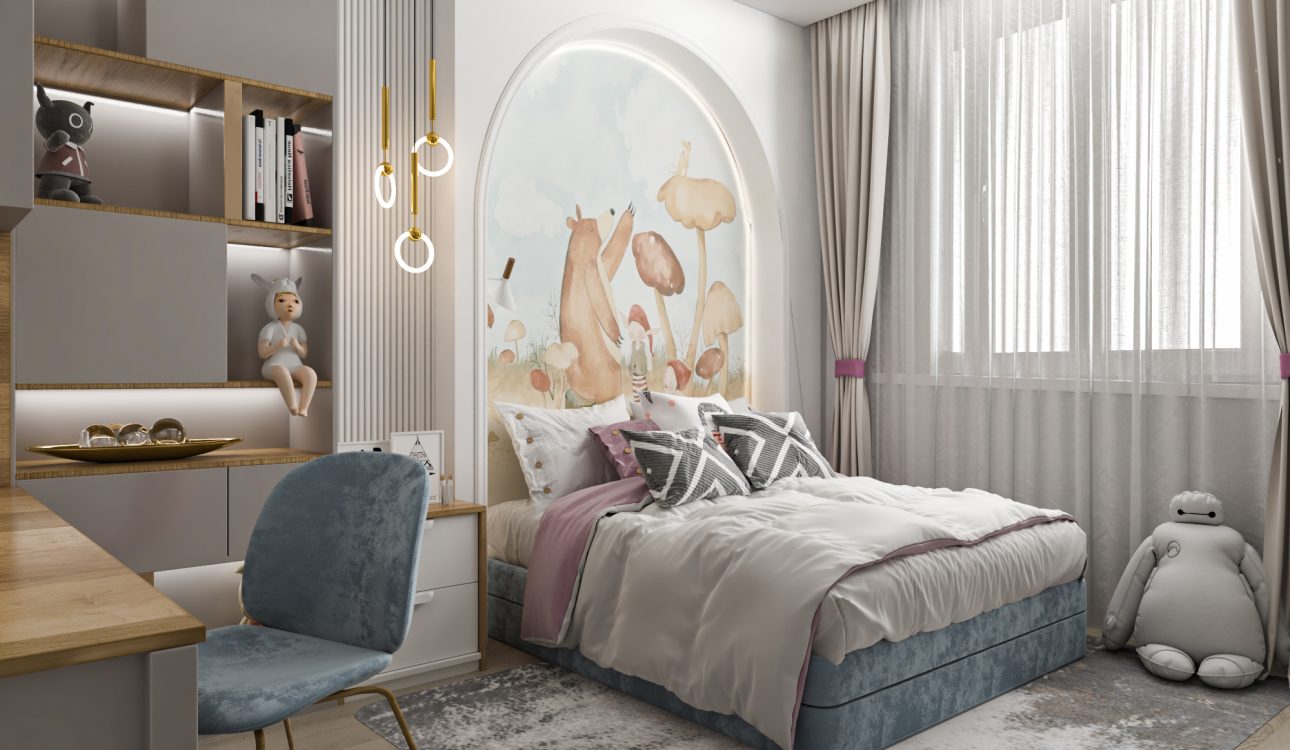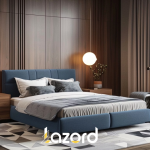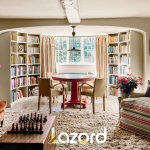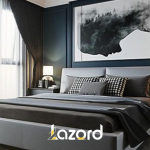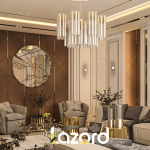Creating a well-designed room is an art that blends functionality with aesthetics. Every room design, whether it’s for a cozy living space, a serene bedroom, or a dynamic home office, has the potential to transform not only the room itself but the way we interact within that space. Room designs are more than just placing furniture in a room; they are about optimizing layouts, maximizing space, and creating an ambiance that aligns with the personality and needs of the occupants. In this article, we will dive deep into different room design ideas, guiding you through the best practices and considerations that go into making any room a masterpiece.
The Role of a Room Designer
A room designer plays a crucial role in shaping the look and feel of a room. With their expertise, they can envision the final outcome and create designs that are not only visually appealing but also practical. They understand the intricacies of space, lighting, furniture placement, and color schemes, ensuring that every element works in harmony. Whether you’re redecorating a single room or designing a home from scratch, collaborating with a professional room designer can save time and enhance the results dramatically.
you can read more about: interior design for house: online interior design
Living Room Design Ideas
The living room is often the centerpiece of a home, a place where family and friends gather. When it comes to designing this space, comfort and functionality should be top priorities.
Maximizing Space in Small Living Rooms
For smaller living rooms, it’s crucial to focus on space-saving designs. Using multifunctional furniture such as sofas with built-in storage or coffee tables that double as workstations can make a significant difference. Wall-mounted shelves and smart lighting also help to open up the space without overcrowding it.
Open Concept Living Areas
An open concept living room allows for greater flow between living spaces, particularly in modern homes where kitchens, dining rooms, and living rooms often blend into one large area. This design style is popular because it promotes interaction and makes the space feel more inviting. However, designers must carefully consider furniture placement and the overall theme to ensure continuity throughout the space.
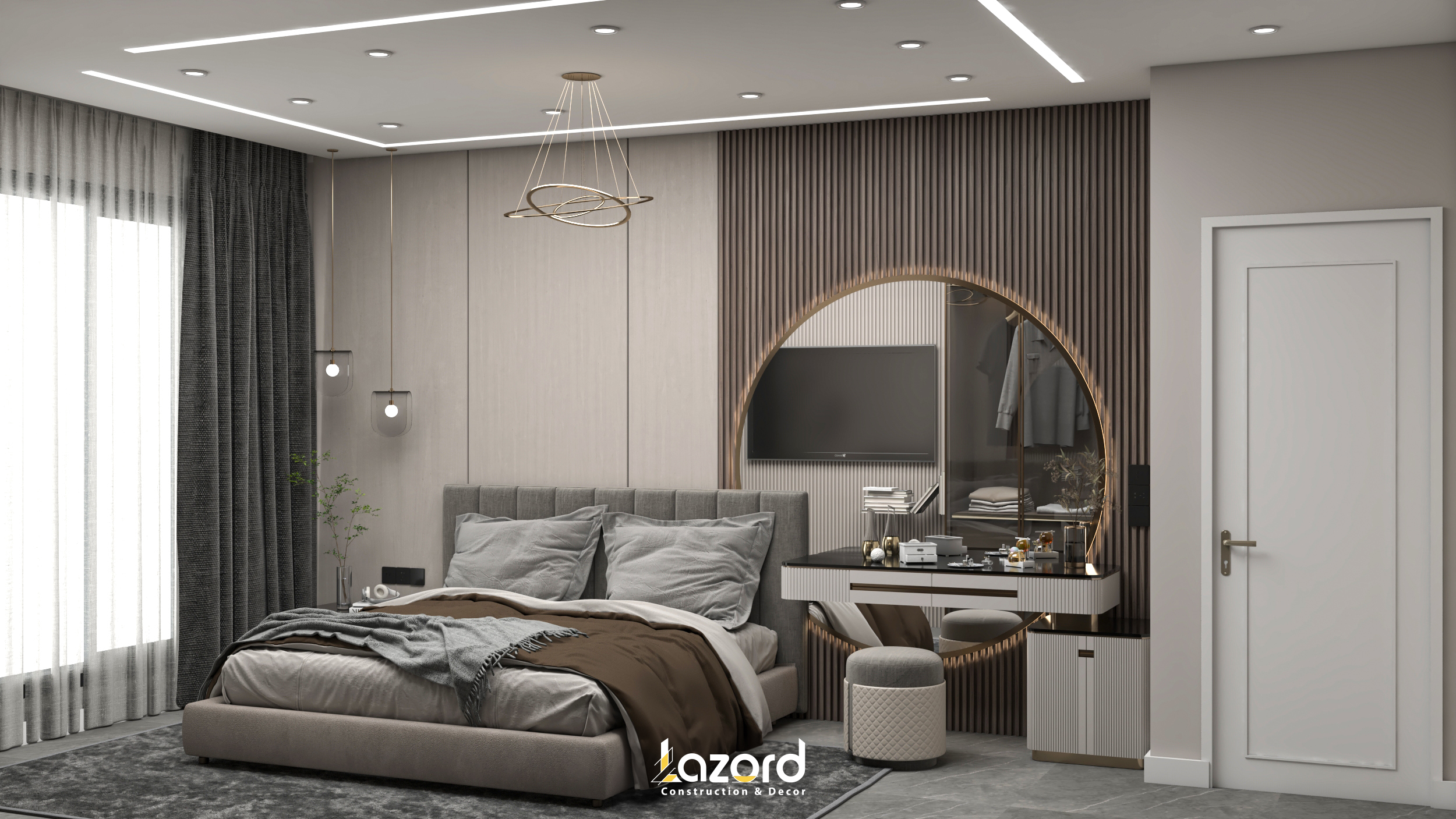
Bedroom Design Inspirations
The bedroom is a sanctuary, a personal space that should promote relaxation and restfulness.
Calming Color Palettes
Choosing the right color palette is key to creating a calming atmosphere. Soft tones like pale blues, off-whites, and muted grays are ideal choices for bedroom designs, as they create a soothing environment. Adding textured fabrics, such as cozy blankets and plush rugs, can further enhance the feeling of relaxation.
Maximizing Storage Without Compromising Style
In smaller bedrooms, storage solutions are essential. Built-in wardrobes, under-bed storage, and floating shelves offer space-saving options without compromising the overall design. Room designers often focus on creating a balance between storage and aesthetics, ensuring that functional pieces blend seamlessly with the room’s decor.
Designing the Perfect Home Office
The recent shift to remote work has made the home office a critical part of many households. A well-designed home office promotes productivity while maintaining comfort.
Ergonomics Matter
When designing a home office, ergonomic furniture is essential. A comfortable chair, adjustable desk, and appropriate lighting will help reduce strain during long work hours. Room designers also recommend positioning desks near windows to maximize natural light, which can help boost mood and energy levels throughout the day.
Incorporating Personality into the Workspace
While functionality is important, a home office should also reflect the occupant’s personality. Adding personal touches such as artwork, plants, and decorative storage solutions can make the space feel more welcoming and less like a sterile office environment.
Kitchen Designs for Every Home
The kitchen is often referred to as the heart of the home. A well-designed kitchen should not only look beautiful but also function efficiently.
Creating Efficient Layouts
The kitchen layout is arguably the most important aspect of kitchen design. Popular layouts like the L-shaped, U-shaped, and galley kitchens each offer different benefits, depending on the space available. Room designers focus on the “kitchen triangle” – the optimal placement of the stove, sink, and refrigerator – to ensure smooth movement and easy access to essential areas.
Modern Kitchen Aesthetics
In terms of design, modern kitchens often feature sleek cabinetry, minimalist color palettes, and high-quality materials such as quartz countertops and stainless steel appliances. Designers are also increasingly incorporating eco-friendly elements, such as energy-efficient appliances and sustainable materials, into their kitchen designs.
you can read more about: Home Decorate: How to Decorate Your Home
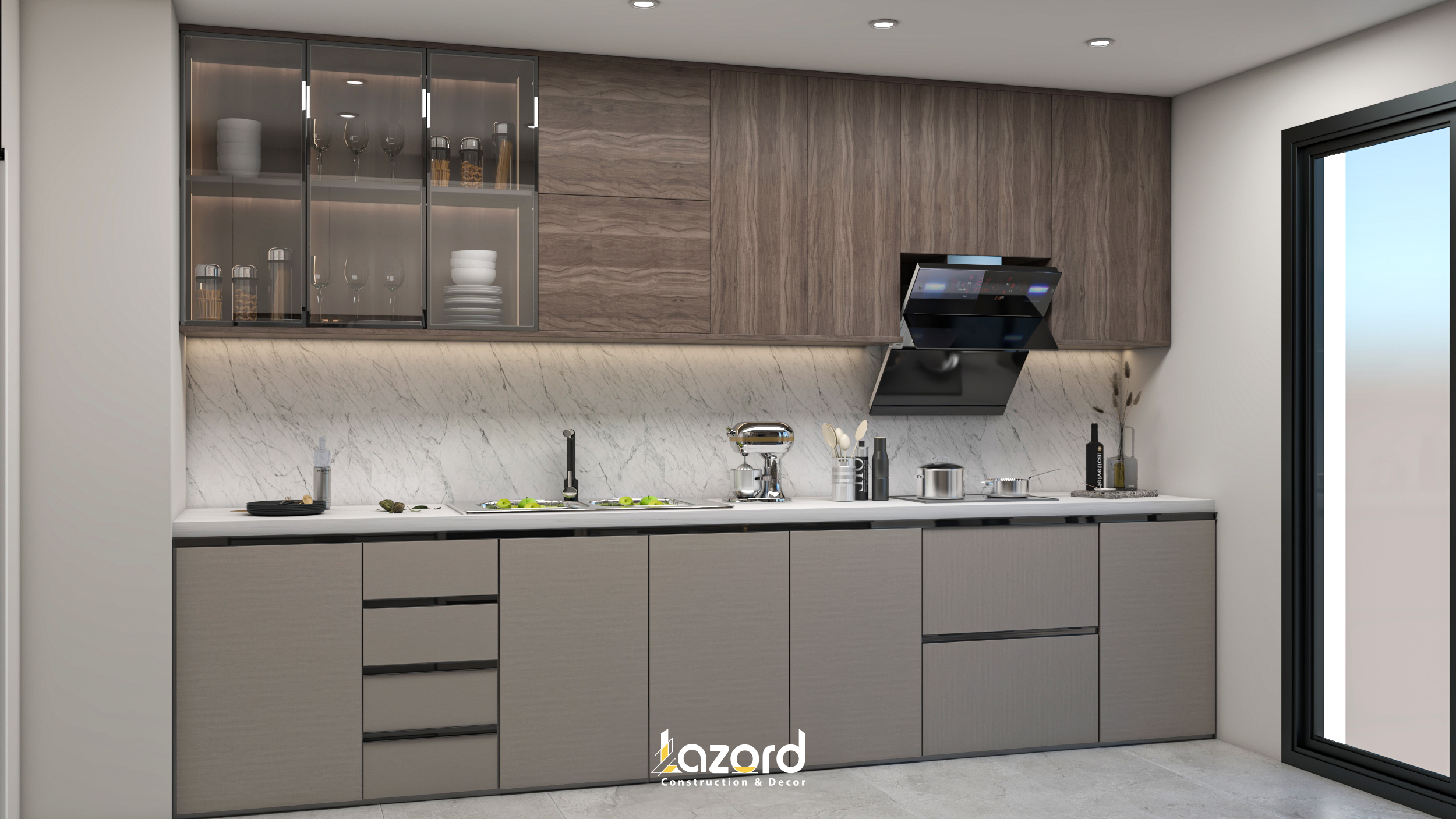
Bathroom Design: Spa-Like Serenity
Bathrooms have evolved from being merely functional spaces to personal retreats. With the right design, a bathroom can feel like a luxurious spa.
Minimalist and Luxurious
For a serene bathroom design, a minimalist approach works best. Clean lines, soft lighting, and neutral color schemes can transform even the smallest bathrooms into tranquil spaces. Room designers often incorporate luxurious touches like heated floors, rainfall showerheads, and freestanding bathtubs to elevate the overall experience.
Storage Solutions for Small Bathrooms
In smaller bathrooms, maximizing storage is essential. Wall-mounted cabinets, recessed shelving, and cleverly placed hooks or towel bars can help declutter the space while keeping it stylish.
Dining Room Design for Every Occasion
The dining room is where family and friends gather to share meals, so the design should encourage a warm and inviting atmosphere.
Formal vs. Informal Dining Areas
Depending on the home’s layout and the family’s lifestyle, the dining room can either be formal or informal. A formal dining room may include a large table, elegant seating, and a chandelier, while an informal dining space could blend with the kitchen, offering a more casual and functional design.
Choosing the Right Lighting for Dining Spaces
Lighting plays a significant role in setting the mood in a dining room. Pendant lights or chandeliers over the dining table not only provide illumination but also serve as a design feature. Dimmer switches allow for versatile lighting, perfect for adjusting the ambiance based on the occasion.
Incorporating Personal Style into Every Room
One of the best parts of room design is the ability to inject personal style into each space. Whether it’s through bold color choices, unique artwork, or heirloom furniture pieces, every room can tell a story. A good room designer will work with homeowners to ensure their personal style shines through while still adhering to design principles.
Good room design transforms a house into a home. It creates spaces that are not only functional but also aesthetically pleasing and aligned with the occupants’ lifestyles. Whether you’re working with a professional room designer or taking on a DIY project, the key is to plan carefully, think creatively, and prioritize both form and function.

